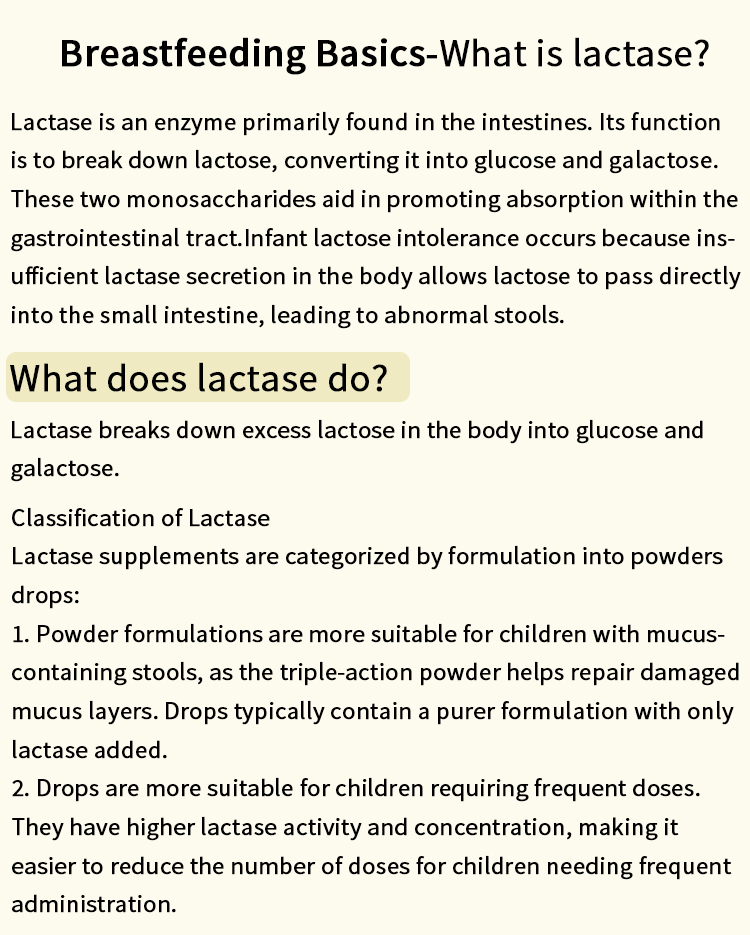In an unpredictable world, the importance of being prepared for emergencies cannot be overstated. Natural disasters, pandemics, and other unforeseen events can disrupt daily life, making it crucial to have a well-thought-out stockpile of essential items. This article delves into the key categories of supplies you should consider for your emergency stockpile, ensuring that you are well-equipped to handle various scenarios.
- Food and Water Supplies
Non-Perishable Food Items
When planning your emergency food stockpile, focus on non-perishable items that have a long shelf life. Consider the following categories:
- Canned Goods: Beans, vegetables, fruits, and meats are excellent choices. Opt for low-sodium options when possible.
- Grains: Rice, pasta, and oats are versatile staples that can be used in various meals.
- Dehydrated and Freeze-Dried Foods: These options are lightweight and have an extended shelf life, making them ideal for emergencies.
- Nut Butters: Peanut butter and almond butter provide protein and healthy fats, essential for maintaining energy levels.
Water Storage
Water is arguably the most critical resource during an emergency. Aim for at least one gallon of water per person per day for a minimum of three days. Consider the following storage options:
- Bottled Water: Store commercially bottled water in a cool, dark place.
- Water Filtration Systems: Invest in portable water filters or purification tablets to ensure access to clean water from natural sources.
- Medical Supplies
First Aid Kit
A well-stocked first aid kit is essential for treating minor injuries and illnesses. Include the following items:
- Bandages and Gauze: Various sizes for different types of wounds.
- Antiseptics: Alcohol wipes, hydrogen peroxide, and antibiotic ointments.
- Medications: Over-the-counter pain relievers, antihistamines, and any prescription medications you or your family members may need.
- Thermometer and Tweezers: Useful for monitoring health and removing splinters.
Personal Hygiene Products
Maintaining hygiene is crucial during emergencies to prevent illness. Stockpile:
- Soap and Hand Sanitizer: Essential for handwashing when water is scarce.
- Toilet Paper and Sanitary Products: Ensure you have enough for your household's needs.
- Disposable Wipes: Useful for cleaning when water is unavailable.
- Tools and Equipment
Multi-Tool or Swiss Army Knife
A multi-tool can serve various purposes, from opening cans to making repairs. This compact device is invaluable in an emergency situation.
Flashlights and Batteries
Power outages are common during emergencies. Stockpile:
- LED Flashlights: They are energy-efficient and have a longer lifespan than traditional bulbs.
- Batteries: Ensure you have a variety of sizes to power your devices.
Portable Phone Charger
In an age where communication is vital, having a portable charger can keep your devices powered during outages.
- Shelter and Warmth
Emergency Blankets
These lightweight, compact blankets can retain body heat and are essential for staying warm in cold conditions.
Tents or Tarps
If you need to evacuate your home, having a portable shelter can provide protection from the elements.
- Important Documents and Cash
Document Storage
Keep copies of essential documents, such as identification, insurance policies, and medical records, in a waterproof container. This ensures you have access to critical information during emergencies.
Cash
In situations where electronic payment systems may fail, having cash on hand can be invaluable. Store small denominations to facilitate transactions.
Conclusion
Preparing for an emergency requires careful planning and consideration of various factors. By stockpiling essential items across multiple categories—food and water, medical supplies, tools, shelter, and important documents—you can ensure that you and your loved ones are well-equipped to face any crisis. Regularly review and update your stockpile to account for expiration dates and changing needs. Remember, preparedness is not just about survival; it’s about maintaining a sense of security and peace of mind in uncertain times.



More Stories
Say Goodbye to Choice Overload: A Step-by-Step Guide to Choosing the Right Lactase Enzyme
Rebaudioside M: Natural Sweetener for Nutrition
SUNKONZ Blender's Daxue Winter Wellness Hacks